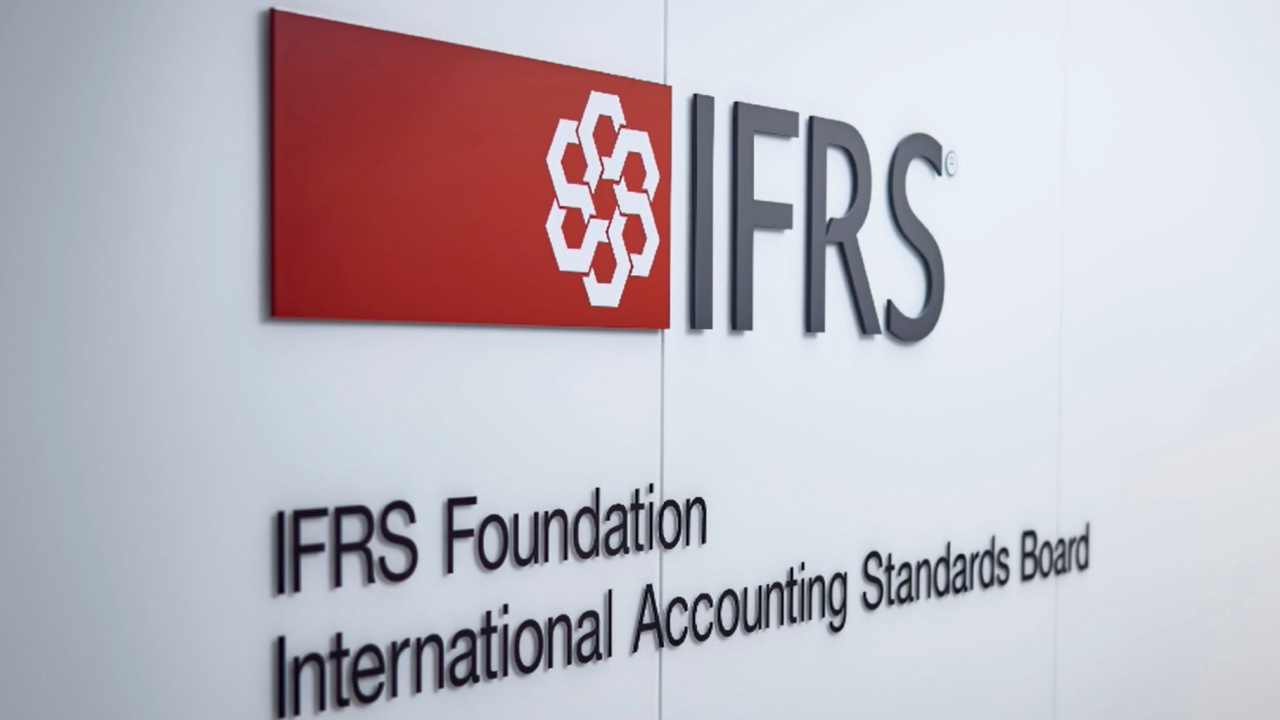The House Ways and Means Committee has approved legislation aimed at simplifying the many tax credits available for education.
The legislation, H.R. 3393, the Student and Family Tax Simplification Act, emerged from one of the 11 tax reform working groups that Ways and Means chairman Dave Camp, R-Mich., set up last year to study ways to improve areas such as education tax credits. Rep. Diane Black, R-Tenn., chaired the committee’s Education Tax Reform Working Group and she applauded passage of the bill Wednesday.
“It’s a well-known fact that the cost of education is climbing, and that for too many, the ability to save and pay for college without ending up under a mountain of debt is simply out of reach,” Black said in a statement. “Today’s broken tax code does little to ease that financial burden or provide a sense of security that education will be a reality in the future. Streamlining the number of education provisions and retooling those that are most effective allows us to simplify the code and reduce some of the confusion that exists today. As a result, students can spend less time figuring out how to finance the cost of a higher education and more time developing the skills they need to succeed in a knowledge-based economy. I think we can all agree that it ought to be easier for any family to plan, save and invest in education, and I applaud the committee’s efforts today to make higher education more affordable for American students and families.”
So far, the Working Group on Education Tax Reform is the only one to produce legislation. Black’s bill would consolidate four existing education provisions—the Hope Credit, the American Opportunity Tax Credit (AOTC), the Lifetime Learning Credit, and the tuition deduction—into a single, modernized and strengthened AOTC.
The new AOTC, which would be permanent and partially refundable, would provide a 100 percent tax credit for the first $2,000 of eligible higher education expenses and a 25-percent tax credit for the next $2,000 of such expenses, for a maximum credit of $2,500.The first $1,500 of the credit would be refundable, so families could receive the benefit regardless of whether they have federal income tax liability. The credit could be used to offset expenses for tuition, fees and course materials. The credit would be available for up to four years of post-secondary education at qualifying four-year universities, community colleges, and trade and vocational schools. The credit would begin to phase out for families with incomes between $160,000 and $180,000 (half those amounts for single individuals).
In the Senate, the Finance Committee has begun a new series of hearings on tax reform. The first of them took place Tuesday and examined ways to improve education tax credits and lower student debt (see





